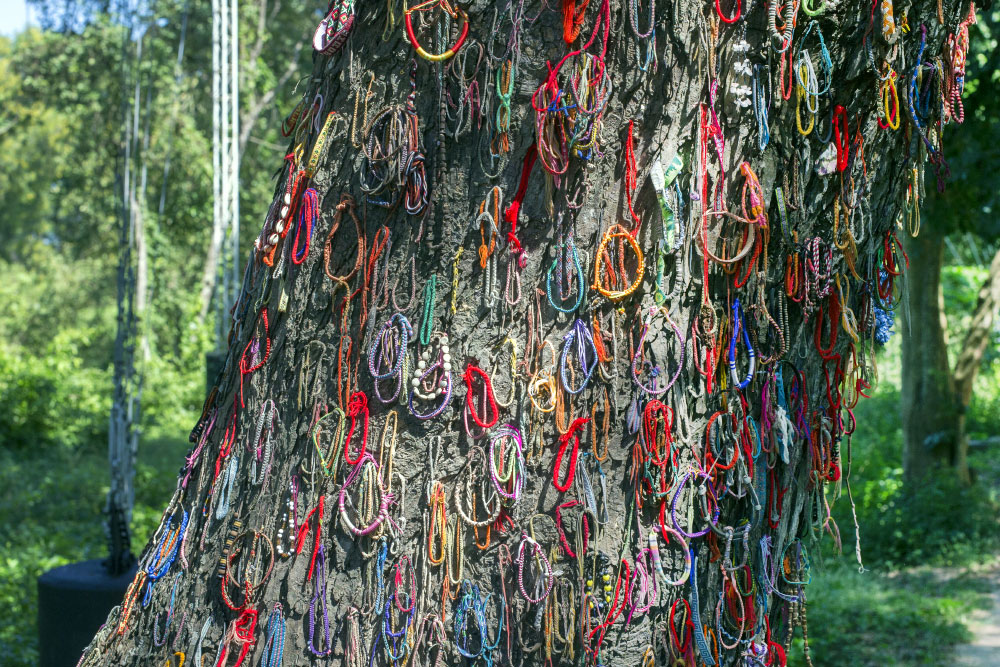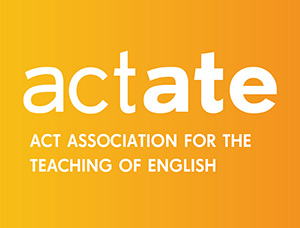
Years 11 & 12 Category: Winner
Home > 2019 Winning Entries > Years 11 & 12 Category > The Chankiri Tree by Poppy Volk-Loone
The Chankiri Tree
by Poppy Volk-Loone, Radford College

Choeng Ek, Cambodia, 1976
Some say that if you were to have one view for your entire life, you would soon become bored of it no matter how beautiful. I disagree. From the moment I pushed through the soil, a sapling amidst the rice fields of southern Cambodia, I knew mine was the most beautiful view ever seen, enough to keep me content every day I grew towards the sky. Stretching before me, tall grasses reaching into bamboo, palms and impenetrable vines. The ground alive with insects and slithering cobras. The peace of it, its innocence made it perfect.
As a young tree, my leaves grew bright green in spring. Children came from nearby villages to play games, sing, dance. Faces filled with a joy that fed my roots more than the sun and soil ever could. The sweet chirping of the forest’s birds overwhelmed me. I relished the noise, and the silence as night fell, wanting nothing more than to be a delighted witness, rooted in the world that took place around me.
Monsoon was my favourite season. The water rushed from the skies, a symphony of broken light and sound, enslaved to gravity. First reaching my leaves, trickling over my rigid bark, down to my roots; nourishing the soil beneath me, seeping into the earth’s pores. To whatever extent a tree might call itself happy, I was happy and content. I took little from the earth, consumed the air’s carbon, gave it back oxygen. I hardly understood that I supported humanity, yet I sensed I had a purpose.
I knew only good: the honesty of soil, the tenderness of rain. I had seen no pain, violence or destruction. So I did not recognise them when they appeared, dressed as men in uniform, trucks spluttering their exhaust, brutal buildings. I was dumbfounded, filled with confusion.
For a time, I confess I was excited that something was happening, that I was a part of momentous change. But when an elderly man was violently pushed from a truck, I knew something was wrong. I couldn’t place his emotions, his groan so different from a child’s laughter or farmers’ conversation at day’s end. The man looked ill, sickened at his own existence, without hope. The chained people shuffled off the truck, into the buildings. Until the first drop of blood, I didn’t understand.
They had dug large holes in the ground around me. I thought perhaps they meant to plant more like me. Instead they dragged that man – withered body, mind and soul – to the edge of the depression. What could they possibly be doing? I wondered. Is this a game, like the children play? The soldiers held the man’s head down and swung a metal blade across his neck, as though felling a tree.
Death followed death. I could not distinguish one from another. I didn’t understand. The victims – men, women, children – were not violent. They could not fight back. The soil that sustained me soaked up sickening amounts of blood, as the bodies piled high in their graves.
The smell and terror of it disgusted me. I became numb, a silent, unwilling observer of the horror, growing sickly from the poisoned earth. My leaves curled, my bark thinned.
One day, almost a year after the deaths began, a woman carrying a bundle left the building screaming. A smiling guard prised the baby from her grasp. Its quiet whimpering became a wail, lost in its mother’s screams. The men walked towards me, pushing the mother to her knees only a few metres from my trunk.
She was like a flower, the baby girl, held tightly by her ankles, swinging head to the ground, so fragile, crumpled in the man’s bloody hands. And then the unthinkable, the intolerable. Bones splitting like sticks against my brute exterior; her silence even worse than her cries. If only I could have screamed myself. Or torn my roots from the earth, shaken the soil from them, buried the devastation, and run.
That night, a gentle rain began to fall. But nothing could wash the stain from my body, my wretched guilt.
The Killing Fields, Cambodia, 2011
The years passed but not my repulsion at what I had become. Around me, the green crept back over the wounded earth, the grasses stretched tall again towards the sun. The herons returned. But locked in my self-loathing, I was not restored.
The secrets buried around my base demanded to be uncovered and heard. From the corners of the earth, people visited, dug, unearthed the ugly past. More came to learn, to honour the past and safeguard the future. A memorial was built. Families had lost so much; however, I came to realise that I was the only one blaming myself. As the country healed, I began to as well. The Killing Fields became a place of forgiveness. Visitors placed thousands of colourful woven bracelets on the ridges of my bark. Crevices, once filled with blood, carried silk threads of love remembered and peace restored. Still, I knew what lay beneath, the deadly weapon my trunk had been.
On a summer afternoon, the air fragrant with jasmine, a young girl kneeled at the base of my trunk. As always when a child came too close, I felt a chill of fear. I wished her far away. She picked at a wildflower growing in the grass about my roots, giggling as a petal floated in the breeze. She took me back to the time before the killing, when joyous children played games in my shade. She was pure hope, and as she somehow sensed my delight in her, she reached towards my trunk. I tried to scream at her to stop, not to touch me. But her small fingers pressed into my bark, moulding her skin with my bark. Then her soft cheek against my rough; and neither of us tore, neither of us broke. A warmth flooded through me, a stirring of new sap, of forgiveness, the return of life to the killing fields.
Image: The Killing Tree – In the Killing Fields, life and death were cheap – this is the tree where they killed the children, to save bullets. Sourced from Wikimedia: https://commons.wikimedia.org/wiki/File:Killing_Tree_(15446480934).jpg
Judges’ Comments
The Chankiri Tree is an evocative and startling piece covering a brutal era. The author offers a fluent, and powerful reflection that is both thought-provoking and unsettling. The writing is graphic and vivid with a distinctive approach to chilling subject matter.



